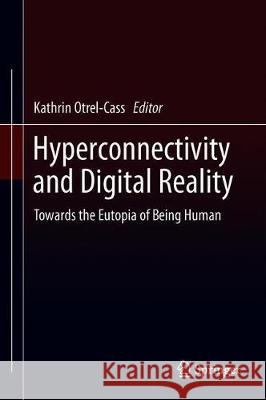Hyperconnectivity and Digital Reality: Towards the Eutopia of Being Human » książka
topmenu
Hyperconnectivity and Digital Reality: Towards the Eutopia of Being Human
ISBN-13: 9783030241421 / Angielski / Twarda / 2019 / 158 str.
Hyperconnectivity and Digital Reality: Towards the Eutopia of Being Human
ISBN-13: 9783030241421 / Angielski / Twarda / 2019 / 158 str.
cena 403,47
(netto: 384,26 VAT: 5%)
Najniższa cena z 30 dni: 385,52
(netto: 384,26 VAT: 5%)
Najniższa cena z 30 dni: 385,52
Termin realizacji zamówienia:
ok. 22 dni roboczych
Bez gwarancji dostawy przed świętami
ok. 22 dni roboczych
Bez gwarancji dostawy przed świętami
Darmowa dostawa!
Kategorie BISAC:
Wydawca:
Springer
Język:
Angielski
ISBN-13:
9783030241421
Rok wydania:
2019
Dostępne języki:
Ilość stron:
158
Waga:
0.38 kg
Wymiary:
24.13 x 15.24 x 1.27
Oprawa:
Twarda











